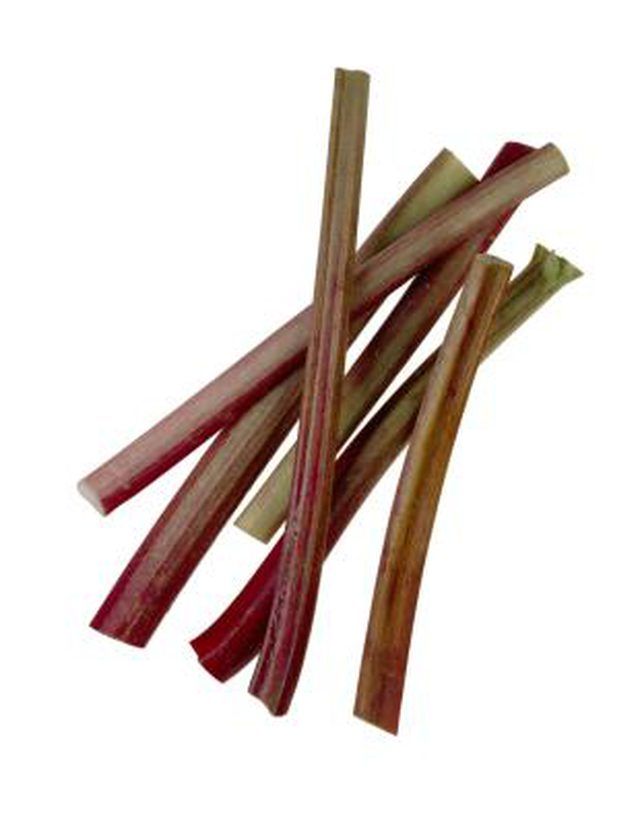Bulbs
Flower Basics
Flower Beds & Specialty Gardens
Flower Garden
Garden Furniture
Garden Gnomes
Garden Seeds
Garden Sheds
Garden Statues
Garden Tools & Supplies
Gardening Basics
Green & Organic
Groundcovers & Vines
Growing Annuals
Growing Basil
Growing Beans
Growing Berries
Growing Blueberries
Growing Cactus
Growing Corn
Growing Cotton
Growing Edibles
Growing Flowers
Growing Garlic
Growing Grapes
Growing Grass
Growing Herbs
Growing Jasmine
Growing Mint
Growing Mushrooms
Orchids
Growing Peanuts
Growing Perennials
Growing Plants
Growing Rosemary
Growing Roses
Growing Strawberries
Growing Sunflowers
Growing Thyme
Growing Tomatoes
Growing Tulips
Growing Vegetables
Herb Basics
Herb Garden
Indoor Growing
Landscaping Basics
Landscaping Patios
Landscaping Plants
Landscaping Shrubs
Landscaping Trees
Landscaping Walks & Pathways
Lawn Basics
Lawn Maintenance
Lawn Mowers
Lawn Ornaments
Lawn Planting
Lawn Tools
Outdoor Growing
Overall Landscape Planning
Pests, Weeds & Problems
Plant Basics
Rock Garden
Rose Garden
Shrubs
Soil
Specialty Gardens
Trees
Vegetable Garden
Yard Maintenance
How to Mulch Rhubarb for Winter
How to Mulch Rhubarb for Winter. Rhubarb is a leafy perennial plant that lives for many years with the right care. The plant does best with spring and summer plantings and a full season of growth, but survives even cold winters for regrowth in spring. The University of Minnesota Extension notes that rhubarb thrives down to U.S. Department of...

Rhubarb is a leafy perennial plant that lives for many years with the right care. The plant does best with spring and summer plantings and a full season of growth, but survives even cold winters for regrowth in spring. The University of Minnesota Extension notes that rhubarb thrives down to U.S. Department of Agriculture growing zone 4 and may survive in zone 3. Like all vegetable plants, rhubarb requires bright sun, quick drainage and adequate nutrition. As a hardy perennial, it also requires some winter protection through mulch and other coverings.
Things You'll Need
Scissors/pruning shears
Organic mulch
Blankets
Harvest rhubarb through mid-summer, then allow the plants to grow foliage for energy absorption. Cut off any late-summer flower stalks because these waste plant resources.
Mulch the rhubarb plot after the first frost of the season, when temperatures drop to 40 to 50 degrees F. Once the foliage dies, cover the crowns with 2 to 3 inches of straw, wood chips, bark or dried leaves for protection. Lay landscape blankets on top of the mulch in zones 3 and 4 for additional cold protection.
Remove 1 to 2 inches of mulch in spring. Mix the remaining mulch into the soil around the plants for additional nutrition and soil drainage. Put the plants back on their spring and summer water and nutrition schedules for continued growth.
Tips & Warnings
The best rhubarb harvests start in the plants' second and third seasons.
Rhubarb stalks grow from 12 inches tall to 2 feet depending on cultivar.